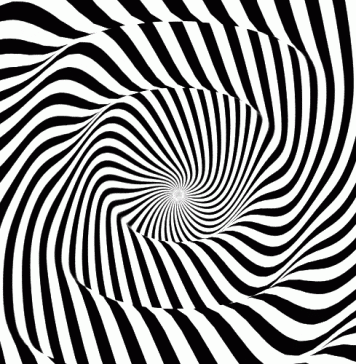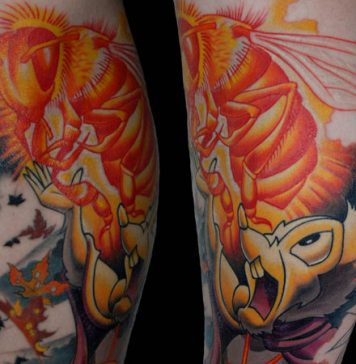Digital printing is the act of printing directly onto one of many surfaces after starting from a digitally based image.
In most cases, digital printing refers to a form of professional printing where a number of small edition jobs from digital sources such as desktop publishing are printed through either high volume or large format ink jet and laser printers.
If you like this, you might be interested in some of our older articles on Amazing Paintings.. Umm Wait What?, Traditional Digital Paintings, Traditional Expression Paintings, and Body Paintings.
Digital printing is usually more costly on a per page basis than offset printing methods, which are more established and traditional. However, the difference in prices is usually accounted for by the money that can be saved from not having to engage in all of the in between technical steps that are required when making printing plates. Digital printing also makes on demand printing possible in addition to short turnarounds and low latencies. Similarly, it is even possible to modify the variable data, which is often an image, after each impression.
There are so many savings present in labor that digital printing will soon come to supersede traditional offset printing when it comes to large scales. This will also occur since the capabilities of digital presses continues to increase with each year. As a result, larger print runs may soon become cheaper to accomplish through digital printing than through offset printing.
The primary difference between traditional methods of printing, which include letter press, flexography, gravure, and lithography, and digital printing, is that there are no printing plates used in the process. As a result, the process of printing is quicker and there is less money spent per sheet on average. The turn around time is also less, as discussed above. The most common methods of digital printing involve laser printers or ink jet printers. These place various patterns of pigments and toners onto a huge range of media, including marble, canvas, metal, glass, photo paper, and regular paper, in addition to other materials.
The most common examples of digital printing people are likely to encounter come in the forms of professional and consumer printers including laser and ink jet printers. Professional companies are now likely to use a variety of such printers to become more environmentally friendly since they can use better quality ink or more precise laser etching in order to obtain clearer and crisper pictures.
Digital printing can be applied to a variety of applications and industries, including desktop publishing. Thanks to the ready availability of affordable laser and ink jet printing technology, it is possible to create books, papers, and other documents in home and office settings. Due to the economies of scale, this would not be possible for most home and office workers if they required printing plates to accomplish each printing task.
Similarly, the do it yourself publishing industry has readily taken to digital printing as a cost effective way of producing a limited run of art books, graphic novels, poetry chapbooks, or zines. Fine art projects can also be archived through digital printing, and print on demand industries are also welcoming of the readily available technologies.










Digital printing is much more suitable for shorter runs of printing. The demand for traditional offset printing is slowly fading due to the advances in the digital printing industry.
I really want to know about the difference between the digital, industrial and traditional textiles printing methods
Actually digital printing and offset printing are a very good two printing technology.I think lot of people are using these technology.
Also digital printing has limited choice of material sizes, styles, and formats than traditional methods of printing.
Actually there are so many savings present in labor that digital printing will soon come to supersede traditional offset printing when it comes to large scales.